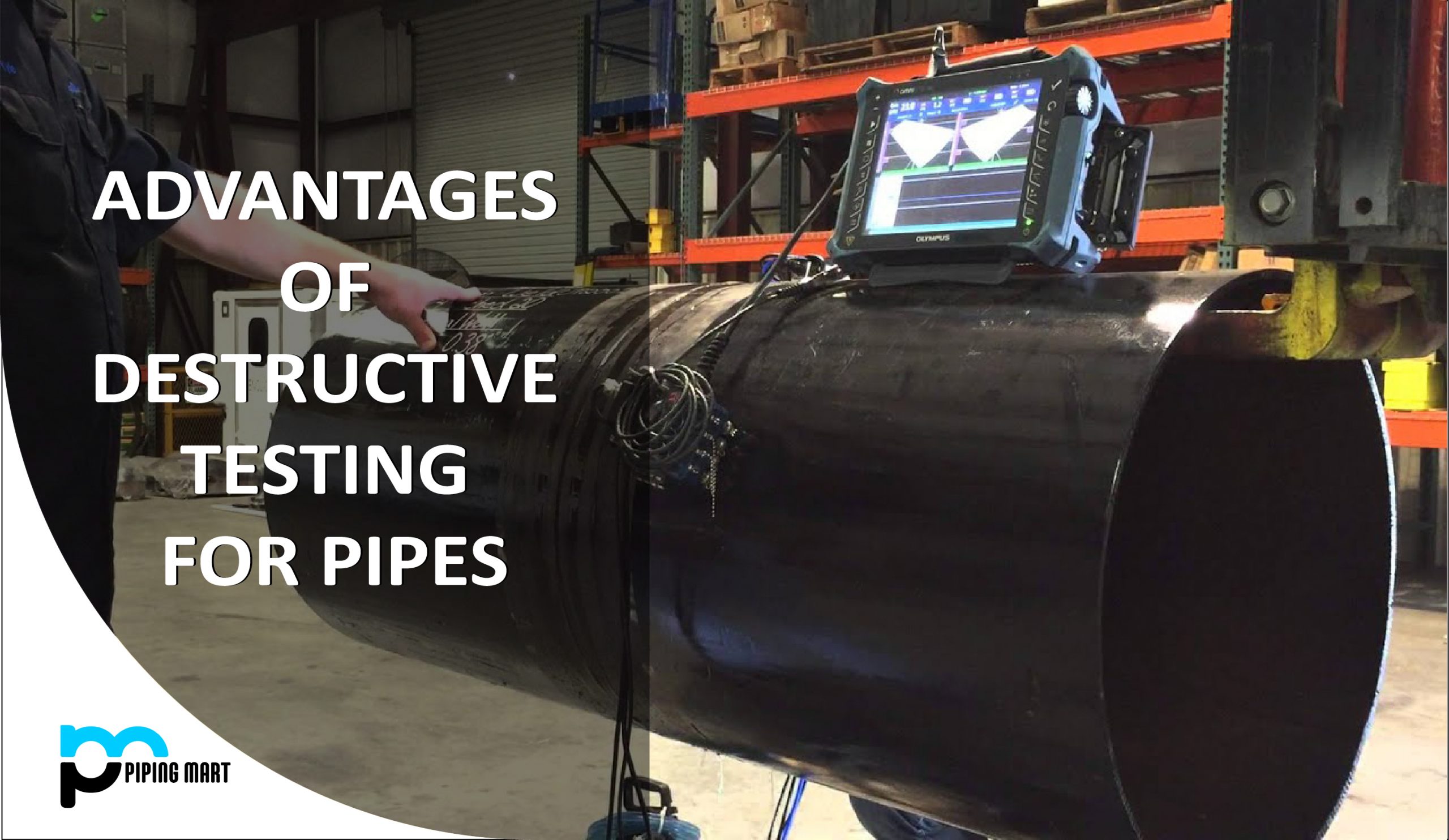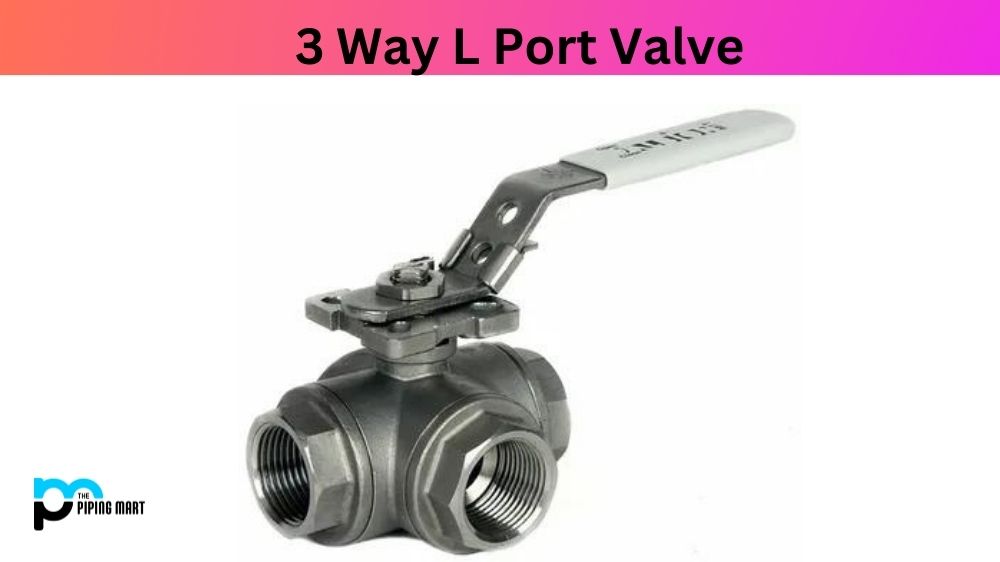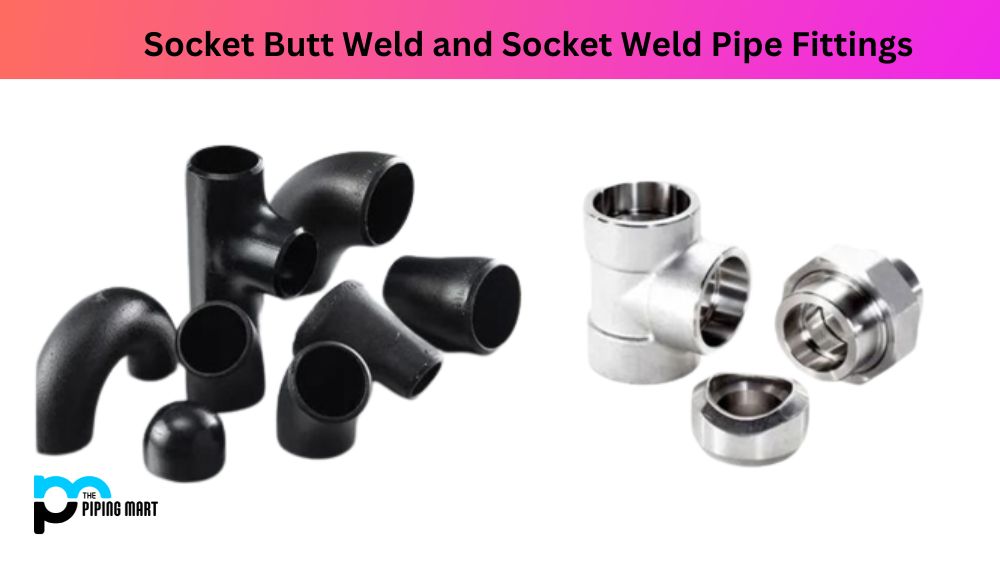What are some advantages of destructive testing for pipes?
- Tested by time
- Verify the material characteristics precisely.
- It reduces accidents and failures.
- Estimates the longevity of a working system
- High-tech tools aren’t always required.
Steel pipes, particularly those used in industrial applications, would almost certainly have to withstand a variety of circumstances to continue operating efficiently. Corrosion, heat, stress or pressure, chemicals, and abnormal weather conditions are all examples of this. Quality steel pipes should be able to endure it all, depending on their application and the climate. Destructive testing is one of the most dependable procedures used by manufacturers to assess the strength of pipes. In certain cases, the advantages of destructive testing outweigh the disadvantages of its equivalent, non-destructive testing (NDT).
Destructive testing refers to a variety of testing procedures in which the original material, or at least a portion of it, is destroyed in the process. Non-destructive testing, as you might think, is the absolute opposite. The normal inclination to this fact is that NDT should be used all of the time to prevent waste. But first, we’ll go through the various advantages of destructive testing and why it’s sometimes preferred over nondestructive testing. Let us find out more!
Tested by time
Destructive testing procedures have been used for a long time, and it was formerly thought that they were the only way to achieve satisfactory results. While alternatives are now available, destructive testing’s widespread use throughout millennia has shown its dependability as a testing procedure. Its extended lifespan is partly why it is frequently referred to as “traditional testing.” Consider all of the engineering and architectural achievements that we were able to accomplish without the high-tech equipment required for NDT!
Verify the material characteristics precisely.
One of the things destructive testing may be used for is checking and verifying the qualities of various materials. Although there are several approaches, the overall objective is to push material to its breaking point. Apply any external forces you want to test for, most commonly pressure, until the material fractures or loses integrity. You would then have a clear concept of the material’s point of failure and could check to see whether it fulfills the engineer’s design. Corrosion resistance, tensile strength, fracture toughness, flexibility, and impact strength are all common tests for pipes. Destructive testing is favored over NDT for pipelines because it provides a more accurate and in-depth investigation of the pipes.
Reduces accidents and failures.
Materials that have undergone destructive testing have had their failure points measured. Because of the precision of destructive testing, you can more or less rely on that measurement to maintain safety a priority. Knowing how far a material may go allows you to avoid any unexpected incidents that could result in physical harm and material loss. If a pipe was tested and found to have a failure threshold of 150 psi, you may be confident that pressures of 70-100 psi will not break the pipes. If you don’t know, you might apply pressure that is greater than the pipe’s capacity.
Estimates the longevity of a working system
Some destructive testing processes are used to imitate a material’s service conditions. These techniques will allow you to see how well a material will function when used in the field. It is especially critical when the circumstances are harsh, such as deep underwater or in locations with extreme weather. You will be able to measure how long the pipe can last in service if you know how much it takes before it fails.
While NDT methods may be used here as well, it is more reliable when the material has been subjected to service conditions to the point of failure.
High-tech tools aren’t always required
Both destructive and non-destructive procedures necessitate the use of specialized equipment. However, the equipment used for destructive tests is typically less expensive than that used for non – destructive testing methods. One NDT approach, for example, employs radiography or x-rays. The machines required for that technique have a significant cost that will decrease from your capital, and the method itself has a high consumable cost.
The more straightforward way of destructive testing, on the other hand, would not require such equipment, but the material waste would add to the total expenditures.
Key Takeaway
The testing procedures you choose should be determined by the materials you’re working with and the industrial uses they’ll have. However, the benefits of destructive testing demonstrate that there is a reason why people see it as dependable. If you have the means, it is recommended that you use these methods to test your pipes in order to obtain more accurate findings.

Pipingmart is B2B portal specializes in industrial, metal and piping products. Also, share latest information and news related to products, materials and different types grades to help business dealing in this industry.




